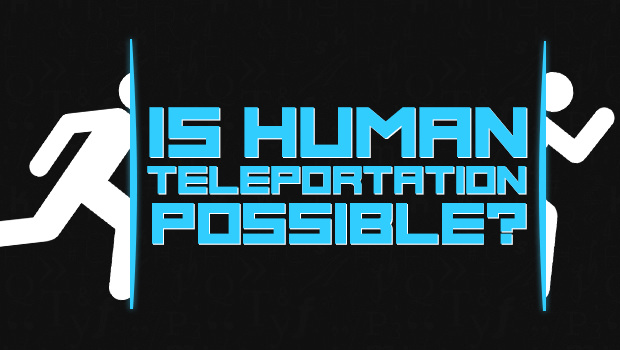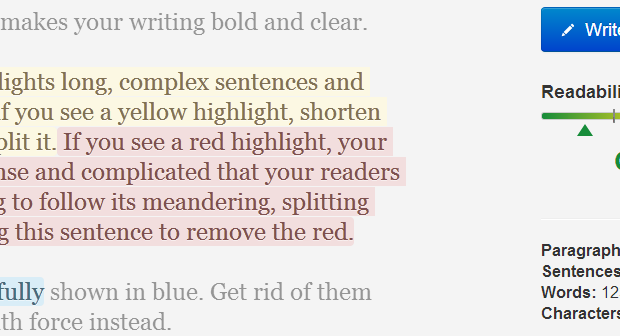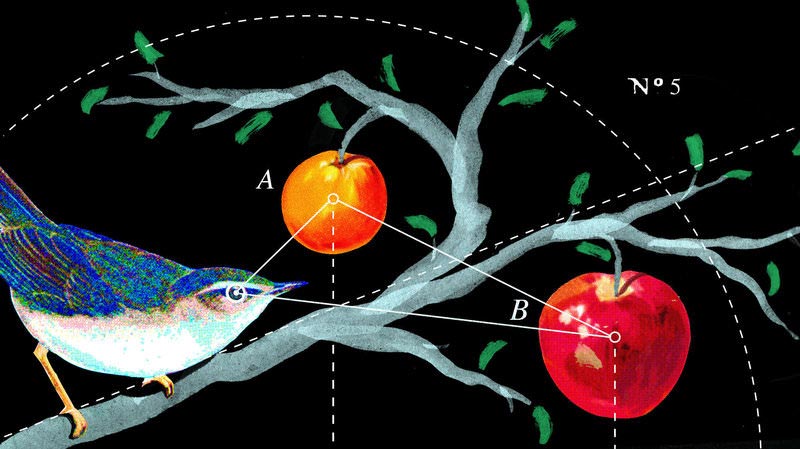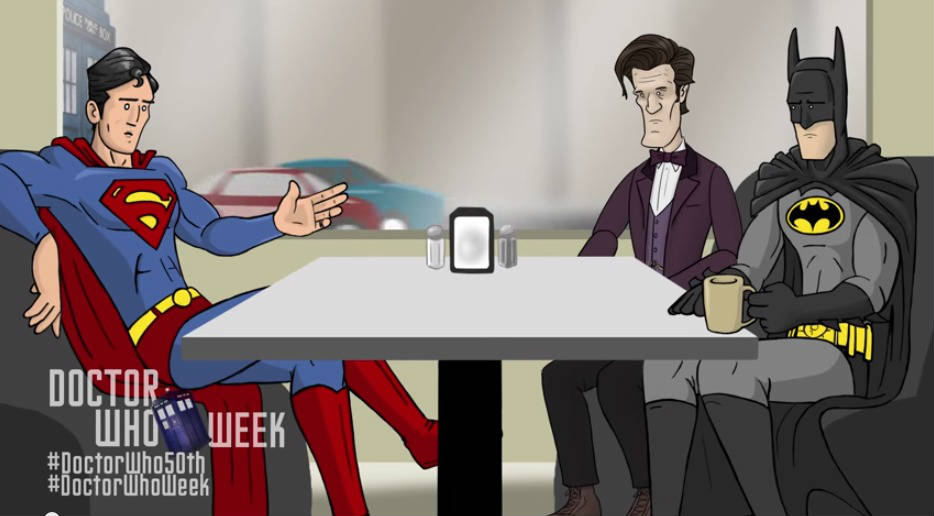Is Teleportation Possible? – Pt 2

In part two, we take a look at the potential issues surrounding teleportation’s materialization and the hard problem of consciousness.
This is the second part of a two-part series and picks up immediately after the last post. Please read part 1 to find out about the the first two hurdles surrounding human teleportation.
Teleportation’s Materialization Problem
Using a detailed 3D bio printer for materialization isn’t a bad idea.
It reduces the amount of data transferred for the rebuilding process. Instead of breaking down a shit ton (the scientific term for a lot) of atoms, we only need a single strand of DNA.
And it’s based on tech we’re already using.
Medical professionals have been using 3d printing for skin, muscle, and blood vessel replacement. But this technology is still in it’s early stages with limitations.
Using a “bio ink,” cells are attached to a scaffolding to give the new organ structure. This works perfectly with simple items like an ear or trachea.
If you needed a more complex organ, like a kidney or liver, then you’re outta luck. Current technology can’t handle small details or large organs.
Take the liver, for example. To function, a liver needs a large, detailed system of veins to carry blood to and from all the cells. Without blood flow, the cells die, causing the organ to fail. Current tech can’t build that detailed of a system.
Smaller organs don’t fare any better. Your retinas, for example, are extremely small and detailed. The retina would take a long time to build causing cells to die before the organ is completed.
So you’re screwed if you’re a blind alcoholic.
But that is today’s technology. Scientists estimate in a few more years years, we will be printing bones, cartilage, and muscles. But the more complex organs are farther away.
3D bio printing isn’t there yet, but it’s the closest solution to any of the problems I’ve listed so far. Bioprinting will get there, eventually. So, lets say in 25 years (an arbitrary range), 3D bioprinting can produce everything we need.
So instead of Star Trek’s teleporter, we have a fax machine for people. We’d be scanned, emailed and printed. Who cares if part of the teleportation process sounds like a dot-matrix printer?
We’re good to go as long as the 3D printer doesn’t run out of bio ink. For mass-transit teleportation, we’re going to need a lot of it.
And it’s going to be the heaviest ink cartridge EVER.
Atoms are about 99% empty space. Since we’re made of atoms ( 7 octillion of ‘em), we’re 99% empty space too.
So we can save space by removing all that empty area. That would mean the bio ink for one person could fit in a space no bigger than 1/500th of a centimeter.
For reference, a sugar cube’s sides are an half-inch long. A centimeter is just under half-an-inch (.39 inches). If there’s no empty space in or between the atoms in your body, you’re fitting in 1/500th of that cube.
Granted, this measurement is just an example. If we wanted to, we could fit the world population into a sugar cube’s volume. We’re keeping the numbers lower than that for this piece.
Since one person could fit into 1/500th of the space inside the sugar cube, we have room to spare. If we keep the parts equal, that one cube could hold condensed atoms of 125 million individuals.
One sugar cube could hold the population of California, Texas, New York, Florida, Illinois and Georgia.
Now, while we can fit six states into a sugar cube, we’re making people smaller, not lighter. If I shrunk to 1/500th of a centimeter, I’d still weigh 220 pounds.
So one sugar cube, with the mass of 125 million people would weight a shit ton (again, the scientific term). Trying to figure out the weight would be a bit hairy, so let’s look at some smaller numbers.
According to the 2014 population estimates from the U.S. Census, the Denver Metro Area has about 3 million folks. Of that, 22% are under the age of 18.
We know the average weight of an adult man and woman here in the States, but the average weight of a minor makes the math more cumbersome. So, much like every other fun thing, our teleportation system is 18 and up only. Sorry, kids. (Not sorry)
For Denver, that’s 660,000 minors, leaving us with a little more than 2 million (2,340,000) adults. Now, I’m going to cheat and say the adult population is split evenly between men and women.
And as I mentioned above, we know the average weight for an adult man and woman here in the states. Men are floating around 195 lbs, while women are carrying 166 lbs.
Ink requirements, (ink being the atoms or cells the printer uses to essentially make a clone of your body) for men would weigh 228,150,000 lbs. Women’s ink would weigh 194,220,00 lbs. That’s 103,487 and 88,096 metric tons respectively.
The standard ton and metric ton are similar in weight, with the metric being heavier by 204.62 lbs. Combined though, our sugar-cube sized ink cartridge for our teleportation device would weigh 191,583 metric tons.
191,583 metric tons. Let’s put that in perspective.
An adult elephant weighs a metric ton.
An average block from Egypt’s Great Pyramid weighs 2.3 metric tons
Estimates put the One World Trade Center in New York City, one of the of the largest buildings in the United States, at 40,000 metric tons.
One sugar-cubed sized bio ink cartridge would weigh as much as five One World Trade buildings.
These numbers are just for the adults living in the Denver Metro region. That’s not including minors and people on vacation. Imagine how heavy one of these bio-ink cubes would be for New York City or San Francisco. Y’all can do the math on those. Have fun.
The Brain/Consciousness Problem
(Note: I am skipping over a lot of theories regarding consciousness. I wanted to keep this as simple as possible.)
It seems like some form of teleportation could be constructed based on the logical conclusions of today’s technology.
The problems around dematerialization, data transfer speeds, and rematerialization will be figured out by someone much smarter than myself.
But there’s a huge issue that needs to be completely solved before any of this can come to fruition.
The human brain poses the biggest problem to teleportation, both scientifically and philosophically.
For teleportation to work, we can’t have any unknowns floating around the human body or brain. We have to know everything about it.
And that’s the problem. We do know a lot about the brain, but there’s more that we don’t know. For example, if your brain was a computer, how much memory would it have?
The estimates for this range between a terabyte and 1,000 gigabytes. Those estimates are based on every synapses in your brain being equivalent to one bit.
It’s not bad logic, after all, that’s how the Harvard scientists were able to encode a strand of DNA with digital instructions.
It works with DNA, but does it work for the connections in our brain?
Robbie Gonzales over on io9.com does a fantastic job explaining that our brains, the physical connections and the memories they hold, aren’t easily reduced to a binary system of 1s and 0s. If the connections are constantly in a state of flux, neither on nor off, then they’d be more akin to quantum computing.
Copying the brain exactly as it is, is vital to the teleportation process. If connections are missing, then there’s no guarantee you would walk out the same way you went in.
We can look to this picture of (warning: graphic image) a stroke survivor’s brain. For those that didn’t click that link, just know that it’s a brain with a large portion missing. But let’s say the picture isn’t from a stroke survivor, but someone who had a bad experience with teleportation.
Now that part of their brain is gone, there will be changes to their physical capabilities, speech patterns, and they might suffer personality disorder like sudden outbursts of anger.
In some circumstances, people can have a somewhat normal life after having half of their brain removed. Even if a hemisphere is removed, the remaining hemisphere will take over for the missing grey matter. Of course, that comes with varying degrees of success.
No one will use teleportation if there’s a risk of losing memories, drastic personality changes or missing half of their brain. So we need something scans and maps out every connection, no matter how small.
Our brain turns signals from the eyes and ears to sight and sound. It’s responsible for logic and emotion. It processes dreams and reality. For teleportation to work, all we need to do is ensure we make an identical copy for rematerialization and we’re off. Without it, there is no us.
Though is it really just that? Are we nothing more than the expression of all the connections within our brain?
You can point to the parts responsible for speech, sight, and sound. We can point to the section controlling our breathing and heartrate. We know our thoughts and memories are electric signals sent from one part of the brain to another.
But can you point to the part of the brain that makes you you?
Don’t feel bad or stupid if you can’t answer that. No one can. No one knows what consciousness is or why we have it.
That’s called The Hard Problem of Consciousness. It’s called that because answering the question is fucking hard. It’s given plenty of smart people fits trying to explain it.
Neuroscientists and philosophers, are trying their damnedest to create a theory that explains consciousness. It’s just easier said than done.
Now, before we go any further, you should know that there’s some weird thought experiments regarding consciousness. We’ll be skipping most of them, but one involves teleportation, which is perfect for this conversation.
We’ve eliminated Star Trek’s way of teleportation, replacing it with a rough 3D printing method. The basic concept is still there though. Regardless of which method, Star Trek or our way, we run into an interesting problem.
Let’s say you need to leave for a meeting in Japan. You drive to the nearest teleportation station, buy a round trip ticket, and step into a machine that acts like a huge computer scanner.
You step in, your DNA and brain are scanned. Your digitized blueprints are sent to their destination. Your original body is destroyed, but the printing terminal in Japan has no problem printing you out with plenty of time to spare.
On the way back from your meeting, you step into the scanning terminal in Japan. The machine scans you and sends the information back home. But this time, you’re standing in the scanning terminal, waiting for the process to finish. It doesn’t.
Concerned you’ll miss dinner with friends, you head over to the help desk to speak with the on-staff attendant.
The attendant points to a monitor nearby and you watch as you step out of the teleportation terminal and go about your day.
Now there’s two of you, and the attendant says copies must be destroyed. Now two large individuals come out of the woodworks to haul you, kicking and screaming, into a back room for disposal.
When I think about teleportation, this is where I spend most of my time. It usually ends with me acting weird for a while as I deal with an existential crisis. (Note: The scenarios at waitbutwhy.com will really get you going.)
One one hand, consciousness could be one continuous experience. If our idea of who we are depended on being aware AND being aware of being aware, then we would be a brand new person every day.
French philosopher Rene “I think, therefore I am” Descartes believed consciousness and our bodies were two separate entities. If Descartes is right, then teleportation won’t be a problem. If they are separate, then we’ll return from Japan no problem. The body left in Japan would be an empty shell.
But what if consciousness is a byproduct of the biological brain?
It’s not a stretch to think that. One idea suggests the conscious experience is a byproduct of the cerebral cortex.
There’s evidence to support that. Neuroscientists from George Washington University accidentally found that stimulation to the claustrum caused their patient’s awareness to come and go. The scientists were quick to point out this wasn’t the answer to the Hard Problem.
Changes to the brain’s structure would explain why stroke survivors and alzheimer’s’ patients suffer from mood swings.
Consciousness could be a process of the brain, just like processing sight, sounds, and emotions, and neuroscientists haven’t figured out where to look yet.
One philosophical solve for the hard problem is called eliminative materialism, or eliminativism. Despite the name, the concept behind it is stupid simple. It solves the hard problem by saying there isn’t a problem to begin with.
Everything we know about consciousness is bullshit. This theory says the entire idea, and it’s terminology, is a man-made concept and is as accurate as water canals on Mars or a hollow Earth.
If that’s true, then instead of stepping into teleportation stations, we’re stepping into suicide machines. That means you, the you reading this, would stop existing the moment you’re destroyed or dematerialized.
Not only would you be killed, in a way, but there wouldn’t be a murder investigation. The clone you would still be alive. Your friends and family wouldn’t be able to tell the difference. That clone has all of your memories, thoughts and feelings.
To the clone, teleportation would seem like one continuous experience. He (or she) was scanned, destroyed, and printed out in a different location. For your clone, the entire teleportation experience would be the same as going to bed one night and waking up the next morning.
Would teleportation mean we are cloning and killing ourselves?
That’s a fantastic question, but one we can’t answer yet. There are people trying scienceing, trying to answer the hard problem of consciousness.
One cynical answer to the hard problem is called mysterianism. It boils down to two ideas – the scientific method can’t be used as “consciousness” can’t be measured and humans are just too damn stupid to figure it out.
Why?
The “Knowledge Argument” illustrates how life isn’t just data. That’s why consciousness is hard to pin down. All aspects of a conscious experience can’t be measured.
Let’s say Professor X spent his entire life in a black and white room with a black and white TV. The professor has never seen the color red. He’s read all about it. He knows all data there is to know about the color red. But he’s never seen it.
How do you measure his reaction when he finally see’s a color he’s studied his entire life for the first time?
We don’t have to imagine the reaction. EnChroma created a special set of glasses that allow color blind folks to see missing colors. Think it’s not a big deal? Check these YouTube videos. Seriously, those folks have an emotional response to colors they’ve never seen before. To them, it’s overwhelming.
In those reaction videos, we can use the scientific method to measure how much they cried, their heart rate, or blood pressure. We can’t measure how they feel, we can ask, but we can’t measure.
Maybe color isn’t the best example. After all, there’s no guarantee you and I see the same color, even if we agree on what it is. That’s called spectrum inversion. We may both agree a ball or cup is yellow, but what we actually see may be the difference between green and purple.
Those are just two examples of how experiences don’t translate well to measurable information. But for teleportation to work, science and philosophy will have to team up and create a encompassing, measurable theory regarding the hard problem of consciousness.
So is Teleportation Possible?
Teleportation has massive hurdles to overcome before it moves from science fiction to science. These problems will give any scientist fits for years and years.
The energy requirements need to be contained so we’re not blasting cities off the map. 3D bio printing is in it’s infancy. And someone, whether it’s a neuroscientist or a philosopher, will have to solve the hard problem of consciousness.
So, gun to my head, do I think it will ever become a reality? It’s a possibility, but I’m not counting on it showing up within my lifetime, or the next three for that matter. Of course once we develop a super intelligent A.I., all bets are off.
What do you think? Leave your comments below.




